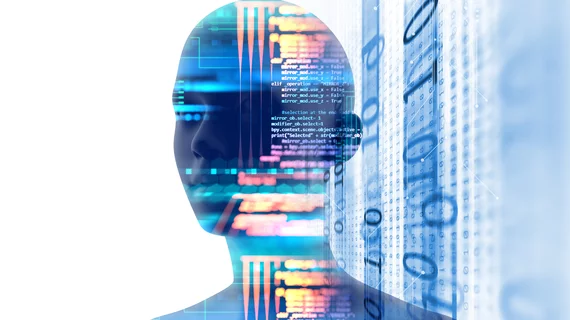Artificial intelligence-based imaging reconstruction may lead to incorrect diagnoses, experts caution
Artificial intelligence-based techniques, used to reconstruct medical images, may actually be leading to incorrect diagnoses.
That’s according to the results of a new investigation, led by experts at the University of Cambridge. Scientists there devised a series of tests to assess such imaging reconstruction and discovered numerous artefacts and other errors, according to their study, published May 11 in the Proceedings of the National Academy of Sciences.
This issue seemed to persist across different types of AI, they noted, and may not be easily remedied.
"There's been a lot of enthusiasm about AI in medical imaging, and it may well have the potential to revolutionize modern medicine; however, there are potential pitfalls that must not be ignored," co-author Anders Hansen, PhD, from Cambridge's Department of Applied Mathematics and Theoretical Physics, said in a statement. "We've found that AI techniques are highly unstable in medical imaging, so that small changes in the input may result in big changes in the output."
To reach their conclusions, Hansen and coinvestigators—from Norway, Portugal, Canada and the United Kingdom—used several assessments to pinpoint flaws in AI algorithms. They targeted CT, MR and nuclear magnetic resonance imaging, and tested them based on instabilities tied to movement, small structural changes, and those related to the number of samples.
Even tiny movements, the team found, resulted in numerous artefacts in the final product, with blurred or missing details. Hansen et. al are concerned that radiologists may interpret these errors as medical issues, rather than dismissing them.
"When it comes to critical decisions around human health, we can't afford to have algorithms making mistakes," Hansen said in the statement. "We found that the tiniest corruption, such as may be caused by a patient moving, can give a very different result if you're using AI and deep learning to reconstruct medical images—meaning that these algorithms lack the stability they need."

